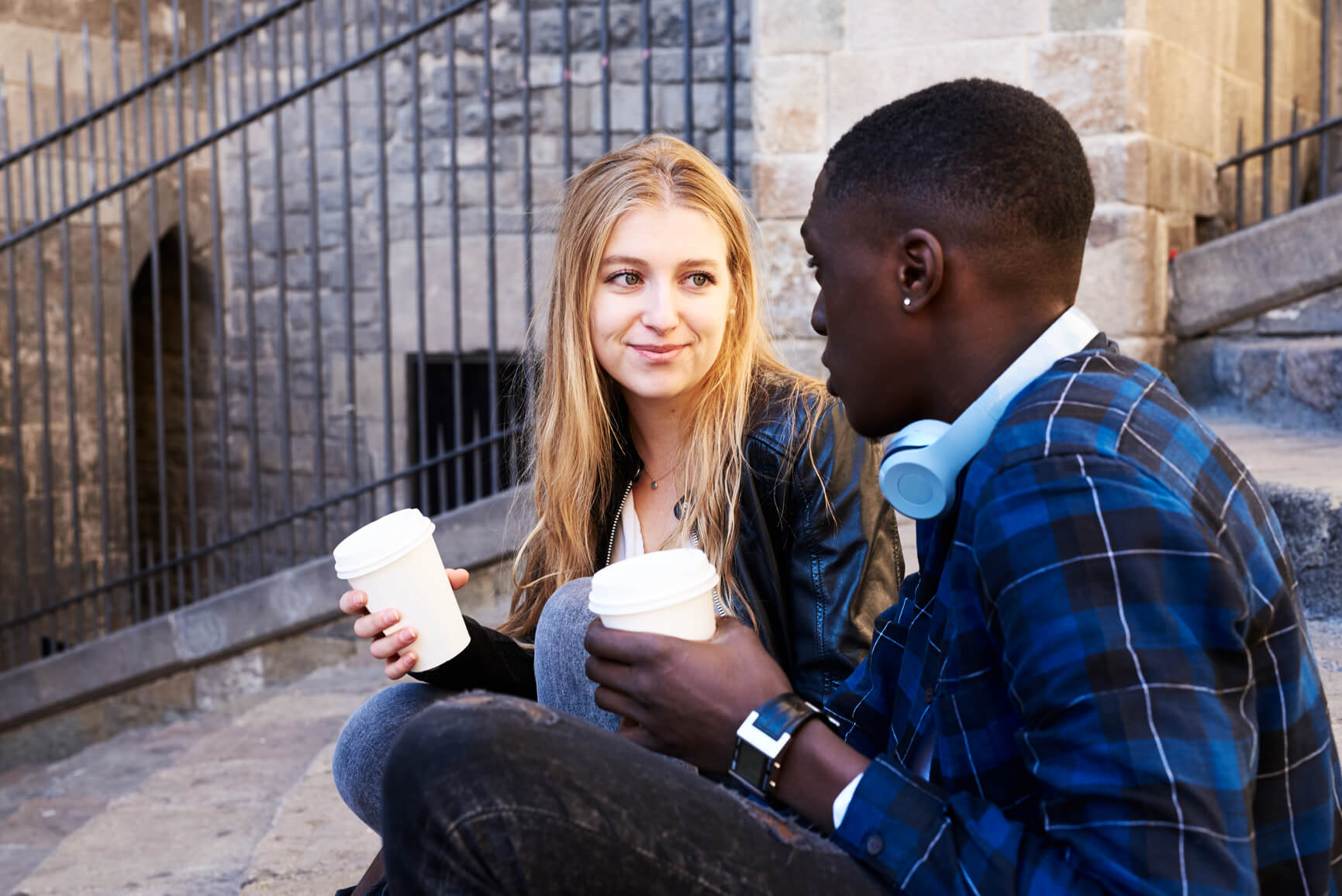-
Playing sport can boost your child’s fitness, coordination, self-discipline and teamwork skills. However, most parents don’t realise how susceptible our budding young athletes are to injury. Here are some things to keep in mind if you have a sporty child.
Sporting injuries in young Aussies
As a sports medicine podiatrist I work across a number of sports. Like my colleagues who deal with other areas of the body, we are seeing more and more teenagers and adolescents with sporting injuries.
The Medibank Better Health Index also found that chronic joint disease is on the rise in young Aussies, with poor biomechanics and repetitive knee injuries, as well as growing national obesity levels, likely to be contributing to the increase in these issues in young people.
The vast majority of injuries I see in children and teenagers are overuse injuries, due to repetitive hours of club, school and representative sport.
Overuse injuries occur gradually over time. Eventually the growth plate, muscle-tendon or ligaments cannot cope with the demand of repetitive loading. In essence, the young growing body does not have enough time to rest and repair between activities.
Remember active children are still growing
It’s important for parents and coaches to remember active children are still growing, and they are not mini-adult athletes. Their bones, muscles, tendons, and ligaments are still immature, making them more susceptible to injury.
In addition, there are significant differences in coordination, strength, and stamina between children and adults. Growth plate injuries have the potential to disrupt the normal growth of bone. For example, a simple ankle sprain in an adult could result in a more serious growth plate fracture in a young athlete. The amount of sport played needs to be assessed in terms of fatigue levels and muscle-joint pain.
Get the right footwear to avoid injury
To keep young athletes injury free, they also need the right footwear. Poor choice in exercise shoes and wearing shoes that are worn out can cause injury.
Here is are tips for buying sports shoes for kids and teenagers:
- Safety and injury prevention must come first. Common trends include the use of very lightweight shoes for training to increase speeds and mobility, but the primary purpose of a shoe in the young athlete is to protect the growing body. A flat-foot needs supportive shoes and a high-arch foot requires cushioned shoes.
- Get an understanding of your child’s foot shape, body type and running mechanics. This will help you choose the right shoe, and the right shoe will help minimize injury, improve comfort and enhance performance. Recent published research indicates if you do not have the right gear on your feet you increase the likelihood of being injured by 70%.
- Make sure the shoe fits. Did you know that about 50% of kids wear shoes too small or too long? A consequence of poor-fitting shoes compresses the foot causing blisters, ingrown toenails and discomfort.
- Shoes should be replaced every 500-800 kilometres. The cushioning and structure of most athletic shoes deteriorates quicker than you think. Replacing shoes at least annually is important for children and adolescents.
Want to exercise safely to reduce the risk of osteoarthritis? Read Dr Linda Swan's expert tips.
Keeping kids injury free

-
What is the best time of day to work out?
AM or PM: When will you get the most out of exercise?
-
How to tell someone about your STI
Your test has come back positive. Now what...
-
What’s in your lunch box?
How to make sure kids consume the lot
-
How to access Facebook and Instagram from China
It’s not illegal – it just takes a little know-how
-
Listen now: Keeping kids out of trouble
Tips for teaching kids about safety
-
Summer family favourites
Stephanie Alexander’s recipes for busy families
Subscribe to receive the best from Live Better every week. Healthy recipes, exercise tips and activities, offers and promotions – everything to help you eat, move and feel better.
By clicking sign up I understand and agree to Medibank's privacy policy





